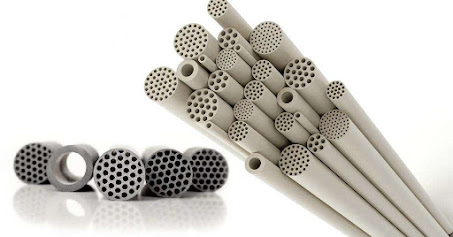Ceramic Membrane: Pioneering Sustainable Water Filtration Solutions

Ceramic Membrane: Advancements in Filtration Technology Ceramic membranes have emerged as a revolutionary advancement in the field of filtration technology. These membranes are engineered from inorganic materials, such as alumina, zirconia, or titania, and offer numerous advantages over conventional polymeric membranes. With their exceptional performance, durability, and versatility, ceramic membranes have found applications in various industries, ranging from water treatment and wastewater management to pharmaceuticals and biotechnology. 1. Introduction to Ceramic Membrane Ceramic membranes are porous structures with a precisely controlled pore size, typically ranging from nanometers to micrometers. This unique feature allows them to separate substances based on size, making them ideal for applications where fine filtration is required. They are known for their excellent thermal and chemical stability, making them resistant to harsh environments and aggressive chemicals. 2. Adv...


